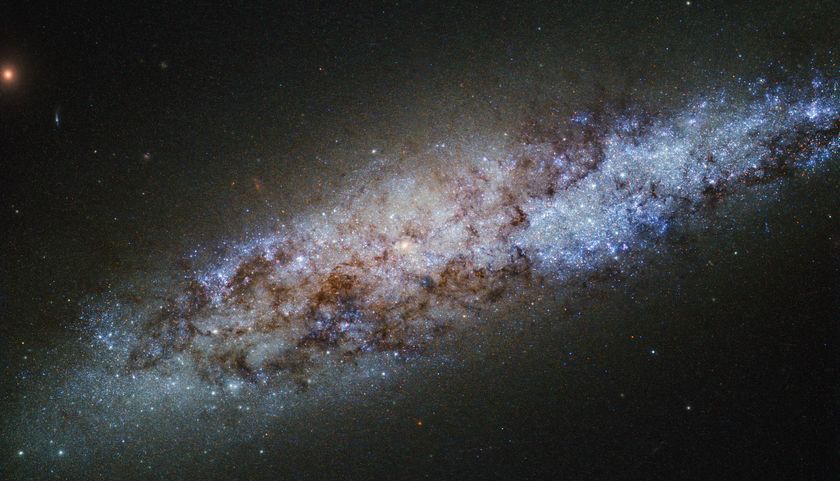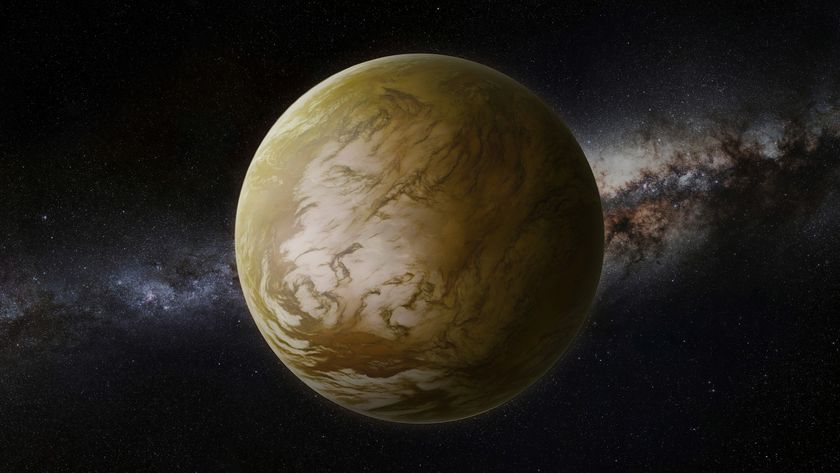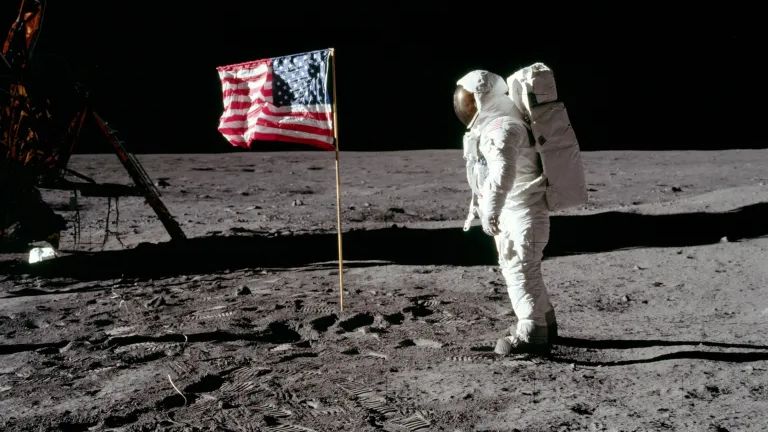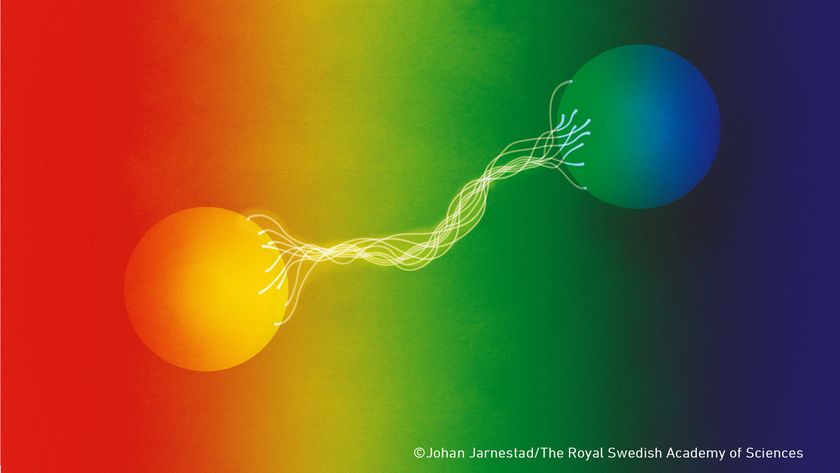DNA-busting radiation from star-killing supernova could have influenced evolution on Earth
"It's insane that something is from space can have that kind of an impact on our electronics. So we're thinking, okay, how does that have a potential impact on other aspects of our life?"
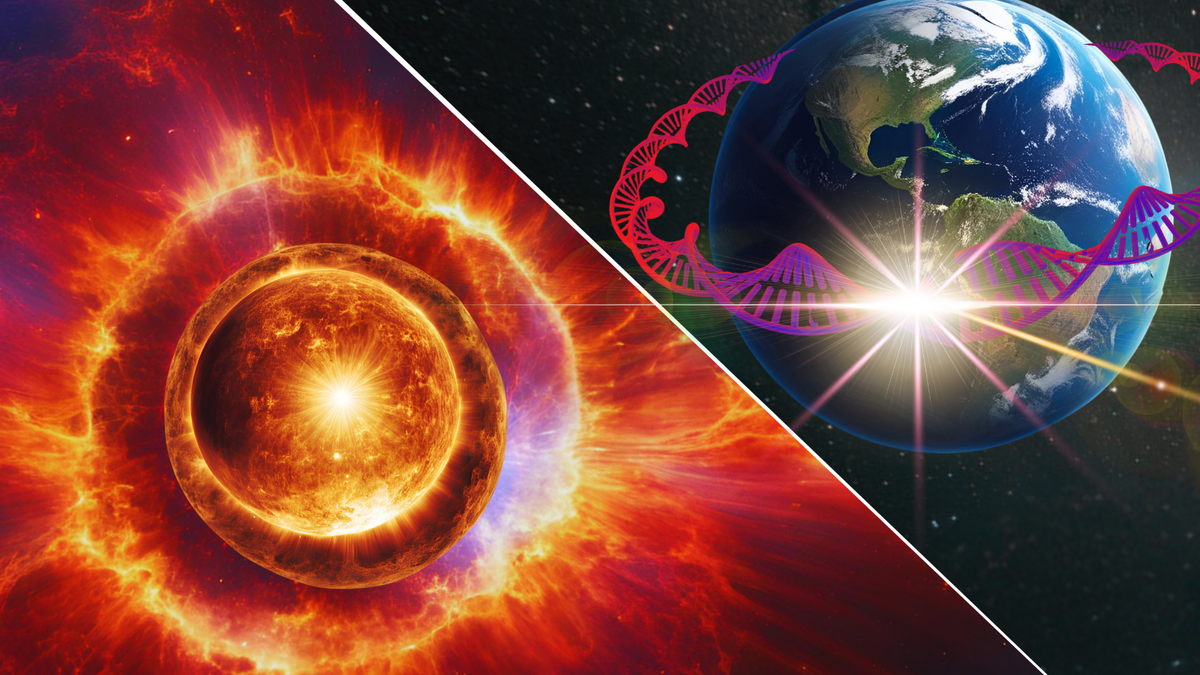
The cichlid fish in Lake Tanganyika never knew what was coming. How could they? A star from dozens of lightyears away was to blame for what would soon happen.
Cosmic rays from a nearby supernova would soon rain down on the unsuspecting cichlids, tearing apart their DNA, causing the fish to mutate and opening the door for myriad viruses to infect their population. Or so we think, anyway.
That's the scenario posited by a team led by former University of California (UC) Santa Cruz undergraduate Caitlyn Nojiri.
During her studies of astrophysics, Nojiri became fascinated with cosmic rays, showers of high-energy particles from deep space, and their effects on Earth.
Nojiri cites a 2003 Belgian election that went haywire due to a cosmic ray as one of her early interests. In that case, a cosmic ray is thought to have caused a slight flip in the electronic voting system, incorrectly adding votes to the tally.
"It's insane that something is from space can have that kind of an impact on our electronics," Nojiri told Space.com. "So we're thinking, okay, how does that have a potential impact on other aspects of our life?"
That question initiated her research with UC Santa Cruz professor Enrico Ramirez-Ruiz and postdoctoral fellow Noémie Globus.
"Our project was to model the propagation of cosmic rays from supernova sources to see their potential impacts on life on Earth," Nojiri explained.
A cosmic fishing trip
One particular supernova caught the attention of Nojiri and colleagues.
A study dating iron-60, an isotope of iron that is a byproduct of supernovas, in the seafloor indicated that a nearby supernova likely bombarded the Earth with cosmic rays some 2.5 million years ago.
Simulating the supernova with computer models, the team suggested that the radiation from this stellar explosion pummeled the our planet for around 100,000 years after the event. That radiation was potentially strong enough to break apart DNA.
Get the Space.com Newsletter
Breaking space news, the latest updates on rocket launches, skywatching events and more!
"But we're not biologists," laughed Nojiri. Thus, the team dug into biology papers to look for clues. And that's when they came across a 2024 study about the cichlids in Lake Tanganyika.
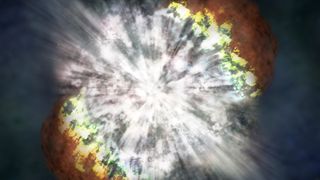
Not only is Lake Tanganyika Africa's largest and deepest lake, but it's also one of the world's 20 most ancient lakes, having formed between 9 million and 12 million years ago.
Lake Tanganyika is perhaps best known by scientists for its incredible biodiversity. More than 2,000 species live in the lake, including some 250 types of cichlids.
With its ancient age and rich biodiversity, Lake Tanganyika is an evolutionary biologist's dream.
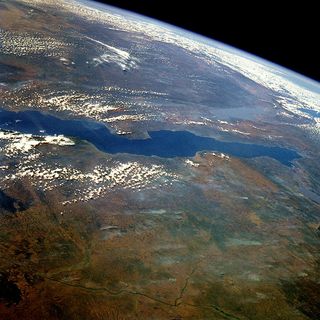
That 2003 study indicates that about 2.5 million years ago, cichlids underwent rapid species diversification, which might have impacted virus evolution in the lake, too. This is interesting as Lake Tanganyika's cichlids are disproportionately affected by viruses compared to other fish.
That 2.5-million-year timeframe coincides with Nojiri's supernova, supporting the theory that its DNA-busting radiation might be responsible for the diversity of cichlids and their associated viruses.
"There could have been other factors, but it's definitely interesting," Nojiri pointed out.
Of course, there needs to be far more research to prove this is a case of causation rather than mere correlation, but that research is plausible.
"You could expect to see diversification potentially in other places as well," Nojiri, now looking to continue her studies of astrophysics at the doctoral level, concluded.
So, who's ready for a cosmic fishing trip?
The team's research was published in The Astrophysical Journal Letters.
Join our Space Forums to keep talking space on the latest missions, night sky and more! And if you have a news tip, correction or comment, let us know at: community@space.com.

Space.com contributing writer Stefanie Waldek is a self-taught space nerd and aviation geek who is passionate about all things spaceflight and astronomy. With a background in travel and design journalism, as well as a Bachelor of Arts degree from New York University, she specializes in the budding space tourism industry and Earth-based astrotourism. In her free time, you can find her watching rocket launches or looking up at the stars, wondering what is out there. Learn more about her work at www.stefaniewaldek.com.
-
bwana4swahili About the right time for hominin specification as well... Maybe it wasn't like the movie '2001: A Space Odyssey' after all!?Reply -
Unclear Engineer And about the time that the most recent "ice age" sequence started, too.Reply
But correlation does not prove causation.
One thing that seems odd is that fish in water should have more radiation shielding than species living on land. -
bwana4swahili Reply
But a much better track record of their divergent species than land animals.Unclear Engineer said:And about the time that the most recent "ice age" sequence started, too.
But correlation does not prove causation.
One thing that seems odd is that fish in water should have more radiation shielding than species living on land. -
Unclear Engineer Reply
The trouble with the statistical "correlation" is that the people who already had an event time for a supernova went looking for any biological changes documented by any study. And, all they apparently found was one study of one genus of fish in one lake in Africa.bwana4swahili said:But a much better track record of their divergent species than land animals.
So, what are the odds of something happening somewhere at about the same time that they are searching for? Several things happened, including the beginning of the next glaciation type climate change, the rise of the Central American isthmus out of the ocean surface, and probably a lot of other things, too. But, they could not blame the other things on the supernova.
It requires a world-wide indication of an accelerated mutation rate at that time to really have any statistical significance. The finding for a single genus of fishes in one lake seems merely coincidental. -
Torbjorn Larsson ReplySo, who's ready for a cosmic fishing trip?
Apparently the paper was.
The association is spurious. From one paper that address viral radiation and clearly ties it to the diversification of the host, they talk about double stranded DNA breaks. But the viral paper found 13 RNA and 4 DNA virus groups - where RNA viruses has no problem to mutate rapidly - and the only group that they checked for acceleration was an RNA virus. The larger problem is that it clearly states that this was for the entire last 2-3 Myrs and was likely due to local host radiation.
The reference paper does not seem to claim "three pulses" of the viral paper and I don't want to dig further into its references, but it says this:
Additionally, many Tanganyikan cichlid species show complex distribution patterns, presumably shaped by the patchy distribution of
habitats along the lake’s shoreline in combination with major lake
level fluctuations (among other reasons) (see e.g. Sturmbauer et al.,
2001). During periods of the most extreme low water stands, the
lake was subdivided into three sub-basins (Salzburger et al.,
2014). This previous separation of the lake in sub-basins is
reflected today by many sister-species pairs showing a north versus south distribution (probably reflecting allopatric diversification
in the sub-basins) or an east versus west distribution (probably
reflecting dispersal along the paleo shore lines). -
Torbjorn Larsson Reply
Nothing is "specified" (specification) in evolution, but there is speciation (species divergencies). Hominins (Panina, Homonina) started to speciate 6 million years ago.bwana4swahili said:About the right time for hominin specification as well...
We don't know much about chimp evolution, but chimps and bonobos split later at 2 million years ago.
On the Hominina side, Homo Erectus split between 2.5 and 2 million years ago. But seeing how it is spurious timing, it doesn't say much. The real interesting genetic reorganization is the human chromosome 2 fusion, which is possibly 1 million years ago when the human tree of archaics and moderns started to diverge and reconverge. That wasn't radiation mediated AFAIK, chromosome rearrangements are spurious.
